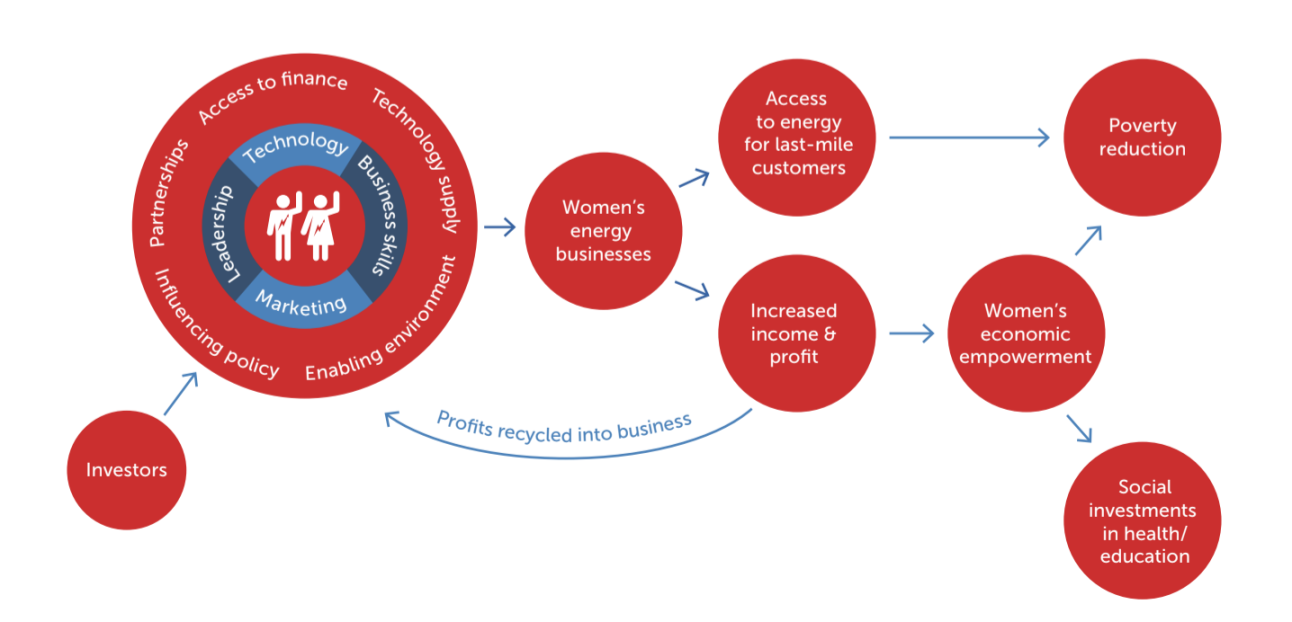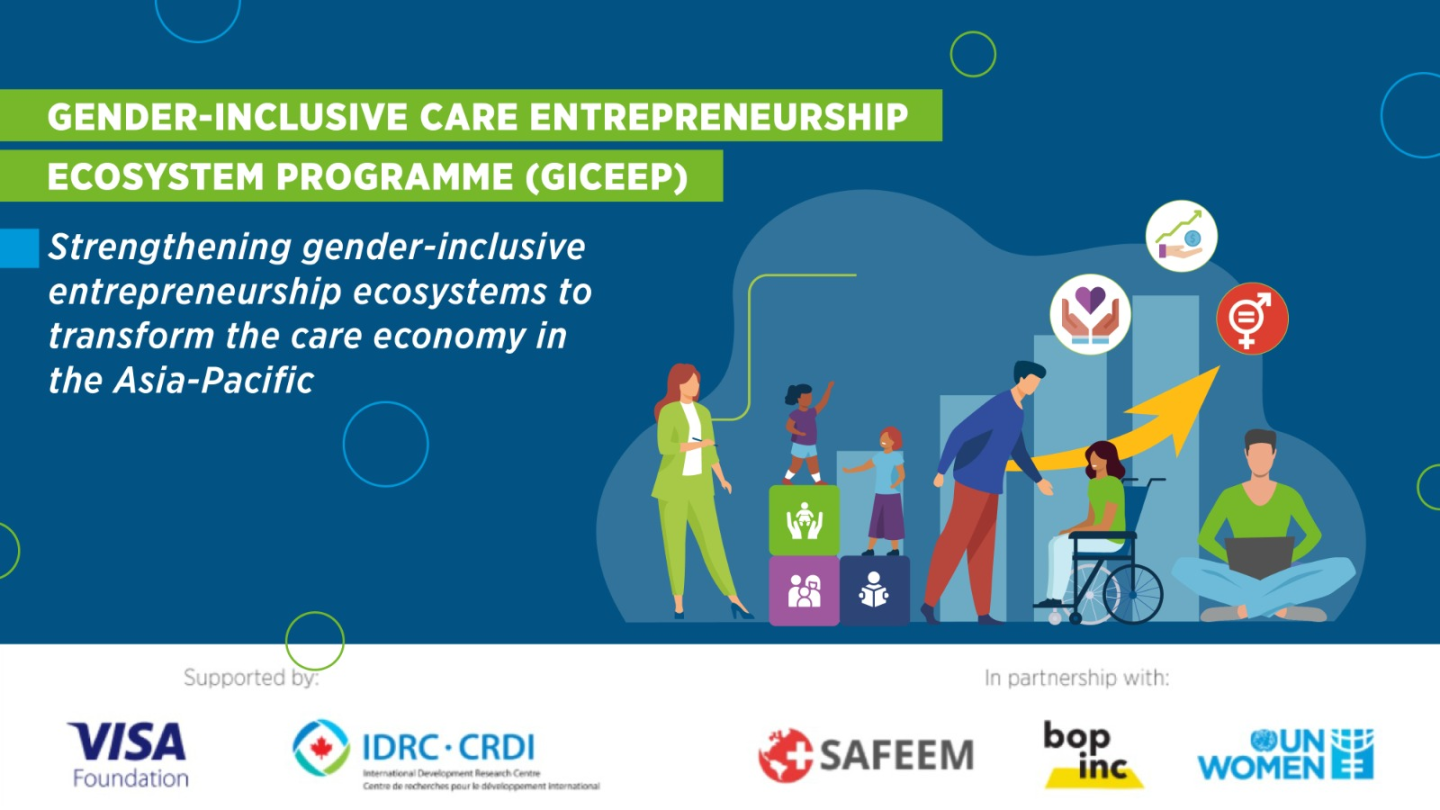Economic Empowerment Programs: Empowering Individuals and Communities

Introduction
Economic empowerment programs are a critical tool in the fight against poverty and inequality. These programs provide individuals and communities with the resources, skills, and opportunities they need to achieve economic self-sufficiency. By enabling people to participate fully in the economy, economic empowerment programs can help to improve living standards, reduce poverty, and promote sustainable development.
What is Economic Empowerment?

Economic empowerment is the process of enabling individuals and communities to have greater control over their economic resources and opportunities. This includes access to capital, skills training, and employment opportunities. Economic empowerment is also about creating an environment where people are able to participate fully in the economy and reap the benefits of their economic activity.
Why are Economic Empowerment Programs Important?
Economic empowerment programs are important for a number of reasons. First, they can help to reduce poverty by providing individuals and families with the means to generate income and meet their basic needs. Second, economic empowerment programs can promote economic growth by creating new businesses and jobs. Third, economic empowerment programs can help to build stronger communities by fostering social cohesion and reducing inequality.
What are the Different Types of Economic Empowerment Programs?
There are a wide variety of economic empowerment programs available, each with its own specific goals and objectives. Some common types of economic empowerment programs include:
Microfinance: Microfinance programs provide small loans to low-income individuals, typically women, to help them start or grow their businesses.
How are Economic Empowerment Programs Implemented?
Economic empowerment programs are typically implemented by a variety of stakeholders, including governments, non-profit organizations, and private businesses. The specific implementation approach will vary depending on the program’s goals and objectives. However, some common elements of economic empowerment program implementation include:
Needs assessment: A needs assessment is conducted to identify the specific needs of the target population.
What are the Challenges of Implementing Economic Empowerment Programs?
There are a number of challenges associated with implementing economic empowerment programs. Some of the most common challenges include:
Reaching the target population: It can be difficult to reach the target population, particularly those who are living in poverty or in remote areas.
What can be done to overcome these challenges?
There are a number of things that can be done to overcome the challenges of implementing economic empowerment programs. Some of the most important include:
Partnering with local organizations: Partnering with local organizations can help to reach the target population and ensure that the program is culturally appropriate.
Conclusion
Economic empowerment programs are a powerful tool for reducing poverty, promoting economic growth, and building stronger communities. By providing individuals and communities with the resources, skills, and opportunities they need to achieve economic self-sufficiency, economic empowerment programs can make a real difference in people’s lives.
FAQ
Economic empowerment programs can have a number of benefits for women, including increased income, improved economic security, greater control over their lives, and increased participation in decision-making.
Some of the challenges of implementing economic empowerment programs in rural areas include poverty, lack of access to infrastructure and financial services, and gender inequality.
Economic empowerment programs can be used


